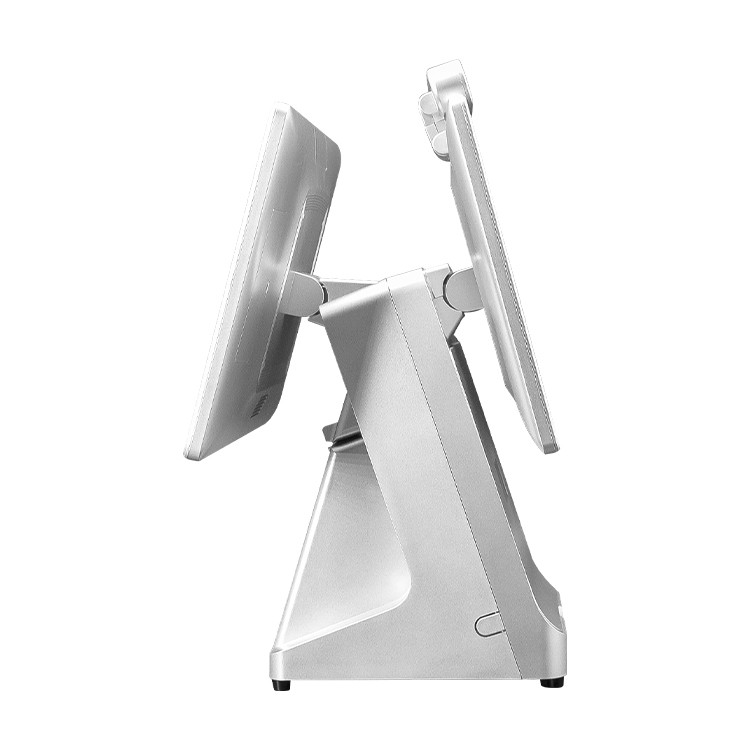understand all in one pos In order to better serve customers and reflect the core competitiveness of products. https://www.posodm.com
The cash register is the starting point of payment in the entire payment transaction system. What is its status in the physical terminal, and how is it integrated with the cash register software system?
1. Classification of all-in-one machines
Classification by system: Cash registers are divided into: WPOS (Windows POS), MPOS (mobile POS) according to the installation system environment. Among them, the popular MPOS on the market is mainly Android POS (APOS). WPOS has high price, high configuration, and convenient switching of cash register software. MPOS is mainly about APOS here. Low price, low configuration, software is usually factory set, and cash register software cannot be changed later.
2. Classification by scenario
Desktop cash register: The cash register is placed on the desktop, with single-screen touch screen and dual-screen touch screen cash registers. It can be connected to external face scanning devices, palm scanning devices, barcode scanning guns, etc. Face scanning devices are also embedded in the cash register.
Desktop cash register: The cash register is placed on the desktop, with single-screen touch screen and dual-screen touch screen cash registers. It can be connected to external face scanning devices, palm scanning devices, barcode scanning guns, etc. Face recognition devices are also built into cash registers.
Unmanned cash registers: Unmanned cash registers are used in unmanned retail scenarios. Usually, this equipment is installed in subway stations, hospitals, and office spaces. Merchants place unmanned cash registers in these places and update products regularly. There is no need for people to be on duty on site, and goods are sold automatically.
640.png
3. What problems are solved?
The ultimate goal of the cash register is to improve cash register efficiency and operate stores digitally. Let’s analyze from the perspective of merchants and customers. What changes have the cash register brought to both parties? What specific problems has it solved?
From the perspective of merchants: mainly from the dimensions of financial management and inventory management. As an offline terminal, the cash register can be used as a data information collector for the daily operation of merchants. When customers purchase goods or services offline, the cashier will generate a pending order after selecting the product and placing an order on the cash register, waiting for the customer to pay successfully. The cash register system will update the payment order status, generate a flow, and automatically deduct the inventory of the goods. The original data submitted by the cash register obtained by the merchant backend will display data reports according to different dimensions. Merchants can use mobile apps and backend systems to keep track of the actual store operating data and changes in store inventory in real time.
From the customer’s perspective: mainly analyze from the perspective of payment fluency and the experience of the cashier process. When customers check out: customers use many payment methods, but merchants do not support them; the checkout queue is endless; it is impossible to understand the product information and promotional prices… These problems may make customers leave. POS cash registers can solve the above problems: POS cash registers can support multiple payment methods, and the system automatically obtains promotional information prices after the product is entered into the system, thereby improving cashier efficiency.